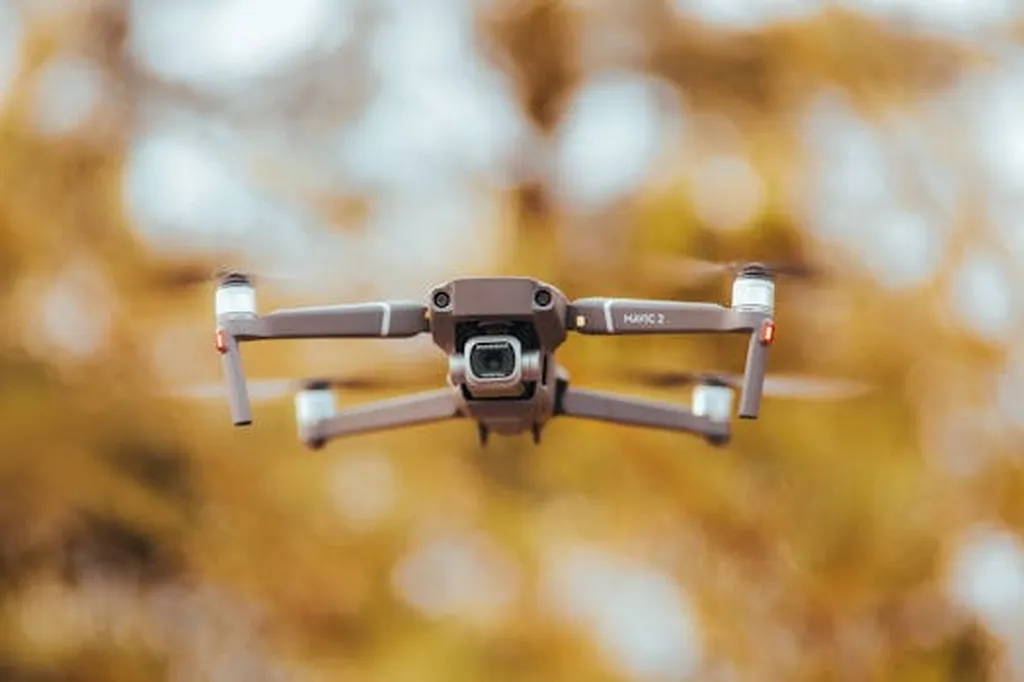In the rapidly evolving world of unmanned aerial vehicles (UAVs), the ability to coordinate swarms of drones efficiently and safely is becoming increasingly crucial. A recent review published in the journal *Sensors* (translated from Italian as “Sensors”) sheds light on the cutting-edge techniques that could revolutionize UAV swarm navigation, with significant implications for the energy sector and beyond. Led by Kaleem Arshid from the Department of Engineering and Naval Architecture at the University of Genoa, the study delves into the intricate world of trajectory planning, offering a comprehensive look at the methods that could shape the future of autonomous UAV operations.
The research, titled “Toward Autonomous UAV Swarm Navigation: A Review of Trajectory Design Paradigms,” categorizes the various trajectory-planning strategies into three main groups: traditional algorithms, biologically inspired metaheuristics, and modern artificial intelligence (AI)-based methods. Each approach has its strengths and weaknesses, and the study provides a critical analysis of these techniques, highlighting their potential applications and limitations.
One of the key challenges in UAV swarm navigation is collision avoidance. As Arshid explains, “The balance between centralized and decentralized control is crucial. Centralized systems offer global optimization but can be less robust in dynamic environments, while decentralized systems provide adaptability but may lack coordination.” This delicate balance is a focal point of the review, which examines how different algorithms handle inter-UAV coordination and energy consumption.
The study also explores hybrid frameworks that combine the strengths of bio-inspired algorithms with the real-time adaptability of AI-based approaches. These hybrid systems aim to achieve an effective exploration-exploitation trade-off, a critical factor in multi-agent environments. “Hybrid frameworks offer a promising avenue for future research,” Arshid notes. “They can leverage the global optimization power of bio-inspired algorithms while benefiting from the real-time adaptability of AI-based methods.”
For the energy sector, the implications of this research are profound. UAV swarms can be deployed for a variety of tasks, including surveillance, search and rescue, and communication network management. In the context of energy infrastructure, UAVs can monitor pipelines, inspect wind turbines, and assess damage after natural disasters. The ability to coordinate these swarms efficiently and safely is essential for maximizing their effectiveness and minimizing risks.
The review also addresses the major challenges in UAV swarm trajectory planning, including multidimensional trajectory spaces, nonlinear dynamics, and real-time adaptation. These challenges highlight the need for continued research and development in this field. As Arshid concludes, “The future of UAV swarm navigation lies in the development of robust, scalable, and adaptable trajectory-planning strategies that can handle the complexities of real-world environments.”
The study serves as a valuable resource for researchers, engineers, and system designers working to develop UAV swarms for real-world, integrated, intelligent, and autonomous missions. As the technology continues to evolve, the insights provided by this review will be instrumental in shaping the future of UAV swarm navigation, with significant implications for the energy sector and other industries.

